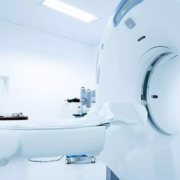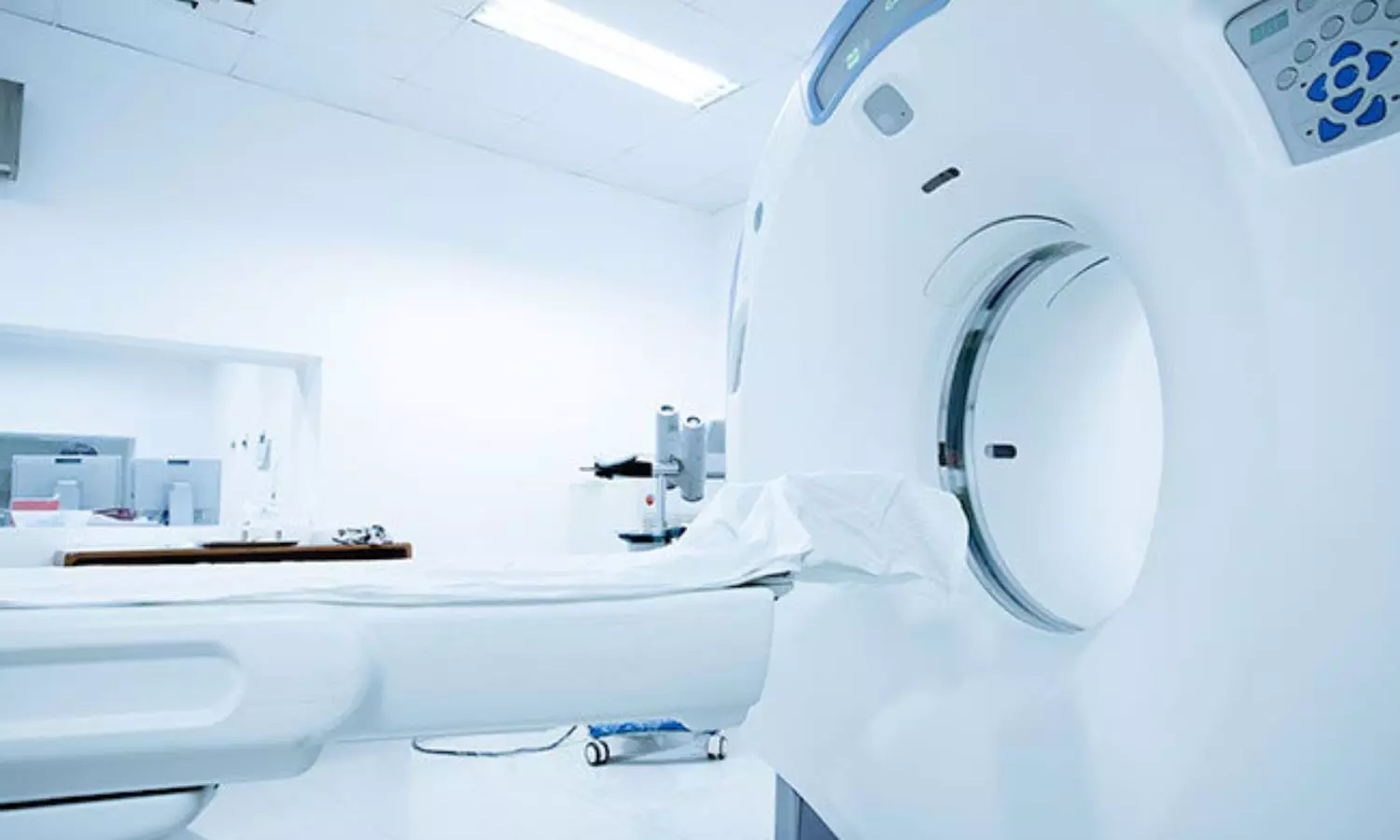NMC Allows 30 percent faculty posts in 5 depts to be filled by Medical MSc, PhD degree holders

NMC Allows Appointing Medical MSc, PhD degree holders as 30 percent faculty in 5 depts
The National Medical Commission (NMC) Medical Institutions (Qualifications of Faculty) Regulations have allowed medical MSc, PhD degree holders to be appointed as faculty in Anatomy, Biochemistry, Physiology, Pharmacology, and Microbiology departments.
This follows a 2020 change that reduced non-medical faculty appointments in these departments to 15%, with some departments like Microbiology and Pharmacology restricted to 0%. The 2025 regulations restore non-medical faculty appointments to 30% in these subjects.
The Apex Medical Commission recently released the final Medical Institutions (Qualifications of Faculty) Regulations, 2025, in the official Gazette on June 30, 2025, and laid down the eligibility qualifications of medical teachers at medical institutes.
Relaxing the existing norms for appointing non-medical faculty in medical colleges, NMC has specified in these new regulations that non-MBBS holders can teach in Anatomy, Biochemistry, Physiology, Pharmacology, and Microbiology Departments in medical colleges if they possess a Master of Science or Doctor of Philosophy Degree in the respective fields of Medical Anatomy, Medical Biochemistry, Medical Physiology, Medical Pharmacology, and Medical Microbiology.
For more information, click on the link below:
NMC Allows Appointing Medical MSc, PhD degree holders as 30 percent faculty in 5 depts
Powered by WPeMatico








